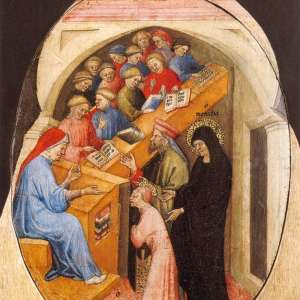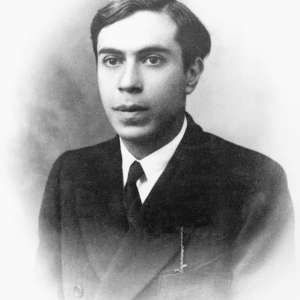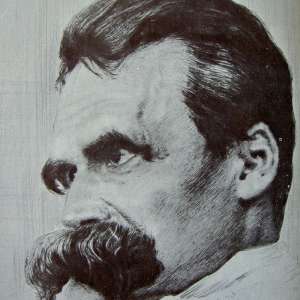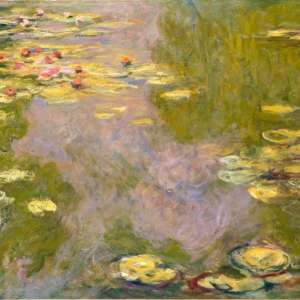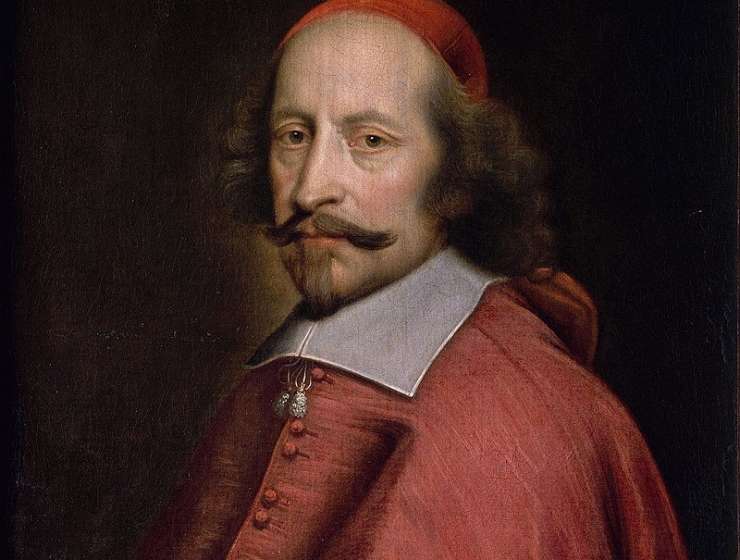
This article suggests we live in a neo-Baroque era of communication between organizations and publics. The 17th and 18th centuries are particularly rich in literature about the importance of building a reputation to get and retain power. These authors consider communication management, a key factor in how monarchs, princes, and governments must relate to their constituencies to make their power sustainable. A chief minister to the French kings Louis XIII and Louis XIV, Cardinal Mazarin’s Breviary of Politics offers a solid representation of Baroque thought on communication and power.
A critical analysis of his book shows that many of the elements associated with Baroque art, a style born with a propagandistic purpose that appeals to irrationality and primary emotions through a combination of dramatic visual elements, could be found to have profound resemblances with the way public relations is practiced in our current post-truth era. This era shows how communication managers and leaders have been able to reach their objectives by being irrational, thanks to the echo chamber provided by both social media and mainstream media with their multiplicity of truths, where a community of like-minded individuals, sort of a correlate of the ‘believers’ in the Baroque period, are looking to confirm their preconceptions.
The resemblances between Mazarin and Baroque’s simulation art, privileging appearances, the visual and emotional over facts, squares surprisingly well with how recent or current leaders such as Donald J. Trump, Boris Johnson or George W. Bush connect with the masses. Perhaps these political leaders are being irrational, but there is a rationality in using irrationality to their advantage.



